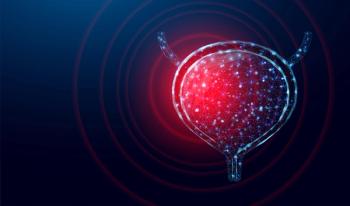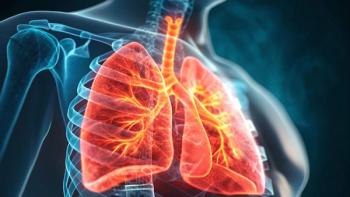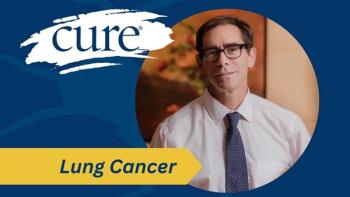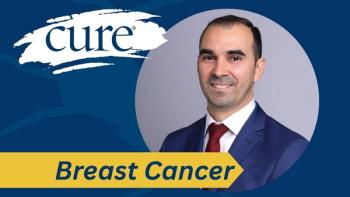
Clinical Trial Evaluating Monjuvi in Lymphoma Gives Lasting Responses

A patient on the Monjuvi trial saw lymph nodes shrink 85%, with stable results a year later, supporting the FDA’s recent approval for follicular lymphoma.
Troy Anderson, a follicular lymphoma survivor, shared how joining a clinical trial at Fred Hutch, located in Seattle, Washington, changed his life. By the second round of Monjuvi (tafasitamab), he noticed swollen lymph nodes shrinking in his neck, armpits and groin — all without significant side effects. Compared with past treatments, the response was faster and gentler.
Recently, the U.S. Food and Drug Administration (
While he experienced some mild symptoms later, mostly from Revlimid, stopping that drug and continuing Monjuvi alone worked well. After treatment, his lymph nodes had shrunk by 85%, and a year later, they remained small and stable. Troy says he’s grateful to feel good enough to work, coach and run a brewery — without needing additional treatment.
Transcript
What was your experience like during the clinical trial, and how did your body respond to Monjuvi compared with previous treatments?
By August, when I was getting my next round of Monjuvi, I already noticed a huge difference. I could feel some of the spots that had been swollen, especially a few large areas in my groin, both armpits, and my neck, and they were shrinking noticeably each week. At the same time, I wasn’t having any major side effects. I had some mild ones I recognized from previous treatments like Rituxan, but I had learned how to support my body with rest, nutrition and, most importantly, hydration. I found electrolytes to be key during treatment.
It was incredibly encouraging. I remember thinking, I must be getting Monjuvi, because this response was faster than I’d ever had with other treatments like lenalidomide. When the trial was unblinded, I found out I had been getting it, and that was really exciting.
That summer, my energy came back after a rough patch in the hospital. I’d had a pleurodesis (surgery to fuse the lung to the chest wall) and was mostly recovering from that the rest of the season. But I still didn’t have any significant side effects from Monjuvi, which was great.
Over the next six months into winter, I did experience some mild side effects, mostly ones commonly associated with lenalidomide. I had a little itchy skin, occasional headaches (which I learned were usually due to electrolyte imbalance), some neuropathy in my toes that still lingers, and a bit of postnasal drip and a cough. Because of those symptoms, I stopped lenalidomide during the last two months of the clinical trial and stayed on Monjuvi alone for the final cycles.
In the end, I had an 85% total reduction in lymph nodes. I can’t feel any now. I still do weekly body checks, but sometimes I forget, and that’s a good thing. I had a CT scan just yesterday, and a year later, everything is still small and stable. It’s amazing.
This past year has been such a gift. I’ve been able to enjoy the holidays, coach high school cross country and track with my wife, keep up my job at Microsoft, and help run a small brewery with friends. I’ve stayed busy, but best of all, I didn’t need treatment during any of our school seasons. The team at Fred Hutch has been incredible. I’ve had some tough treatments in the past, but overall, I’ve been lucky compared to many others. To feel this good now; it’s just incredible.
Transcript has been edited for clarity and conciseness.
For more news on cancer updates, research and education,




